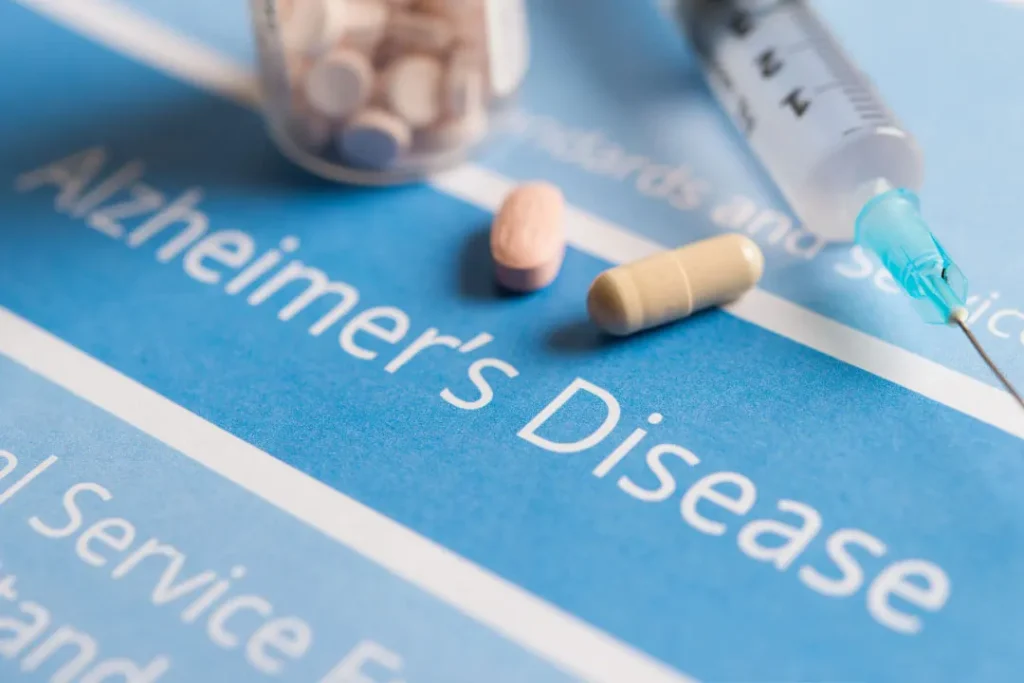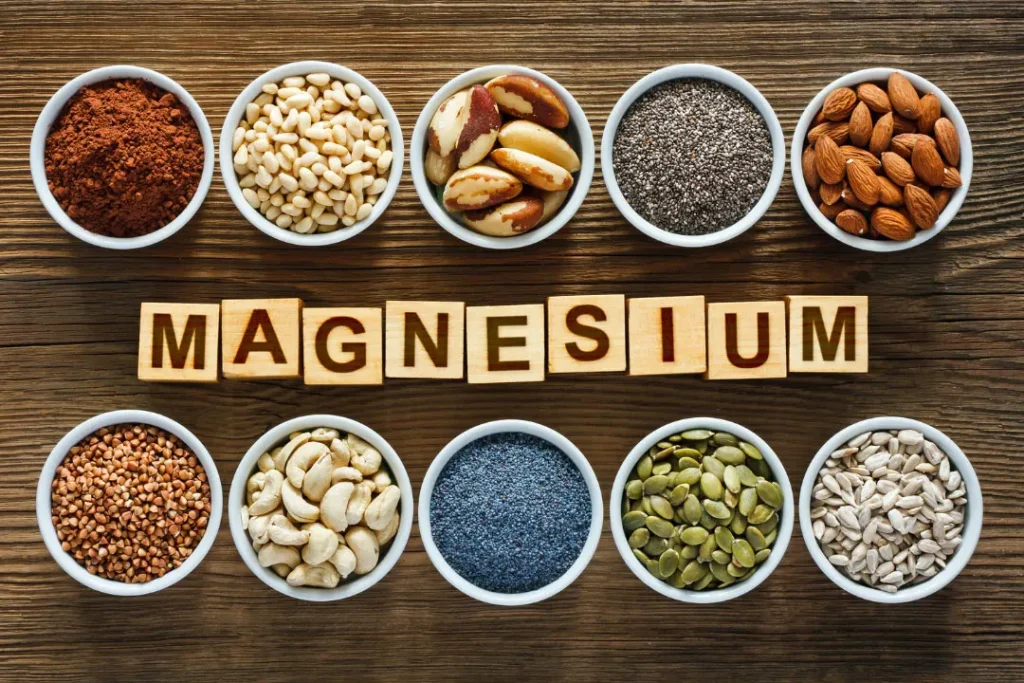An amino polycarboxylic acid called ethylenediaminetetraacetic acid (EDTA) has a wide range of uses in both the medicinal and industrial fields. It is a compound of interest in several fields of biochemistry and human health because of its distinctive chemical characteristics.
You May Also Like:
Diamond CBD Gummies vs. Joy Organics CBD Gummies
CBD for Concentration: 3 Epic Benefits that Boost Your Focus
EDTA: Benefits, Dosage, Side Effects, Drug Interactions, and Other Important Information is an original (NootropicsPlanet) article.
Nature of Ethylenediaminetetraacetic Acid (EDTA)
Ethylenediaminetetraacetic acid, often known as EDTA, is a man-made, water-soluble solid that crystallizes into colorless to white substances. It is made industrially from formaldehyde, sodium cyanide, and ethylenediamine.
Its vast application across several sectors is made possible by its stable crystalline shape. Due to its structure and the availability of several functional groups that can participate in chelation, EDTA has a quality that makes it special and extremely beneficial: the capacity to bind metal ions.
Depending on the pH of the solution, EDTA can take one of four protonation states. It can lose up to four protons, which typically bond to water molecules and result in a weakly acidic solution. It produces the EDTA4- ion, which is capable of binding metal cations to create stable, soluble complexes when fully deprotonated in an alkaline environment. Depending on the size and electronic state of the central metal ion, these complexes can have either an octahedral or square planar shape.
EDTA is an essential ingredient in a variety of goods, including food and drinks, personal care items, medicines, and even industrial operations due to its adaptability and potent affinity for binding metal ions.
Although its usefulness cannot be disputed, it is crucial to understand the health risks and recommended safe consumption levels of EDTA. To guarantee knowledgeable and secure use of this special substance, the following sections go into further detail on these topics.
Health Benefits of EDTA
The use of EDTA has been linked to a number of potential health advantages. It is the cornerstone of treatment for both acute and chronic heavy metal toxicity, as was previously stated. Additionally, although the data in this aspect is still ambiguous, it has been suggested for use in controlling cardiac disease.
Early research revealed that EDTA may help remove arterial plaques by lowering calcium buildup, which would enhance cardiovascular function. However, further study is required to support this assertion.
Additionally, EDTA has been researched for its possible use in treating neurological diseases like Alzheimer’s. It is thought that EDTA’s chelating activities may have neuroprotective effects given that aberrant metal ion concentrations in the brain have been connected to specific types of dementia.

Chemistry of EDTA
Since EDTA is a hexadentate ligand, it may bind to a central metal ion in six different locations. Its chemical composition includes two amine groups that can donate a single pair of electrons as well as two carboxyl groups that can do the same. As a result, it chelates with cations, particularly transition metal ions, to form stable complexes with them. The applications of EDTA and its effects on human physiology are significantly impacted by this feature.
Physiological Mechanisms
The main source of EDTA’s physiological effects is its chelation abilities. A significant usage of EDTA in clinical medicine is chelation treatment, which is used to treat heavy metal intoxication. Toxic metal ions like lead or mercury can be bound by EDTA, creating a stable compound that is subsequently expelled from the body. This lowers the amount of these poisonous compounds in the body and lessens their toxicity.
The body’s levels of calcium and magnesium ions are influenced by EDTA’s chelation properties. Some of its health advantages may be attributed to its effect on vital mineral balance, although improper management might also result in negative effects.
Optimal Dosage
The ideal EDTA dose mostly relies on the application in question as well as the person’s general state of health. Standard intravenous treatment for heavy metal detoxification comprises an EDTA infusion of 1 to 3 grams. Due to the hazards involved during therapy, the dose must be customized for each patient and administered under close medical supervision.

Side Effects
Dizziness, headaches, and tiredness are typical EDTA side effects. These might be brought on by chelation-induced changes in mineral concentrations. High dosages may cause more severe adverse effects, such as heart arrhythmias and renal impairment. As a result, it’s crucial to monitor electrolytes and renal function during therapy.

Substance Interactions
Various compounds, especially those that contain metal ions, may interact with EDTA. By attaching to the metal ions they contain, it might, for example, obstruct the absorption of some drugs or nutritional supplements. Common compounds like iron, magnesium, or zinc supplements fall within this category.
The use of EDTA should be thoroughly monitored and supervised by a healthcare practitioner due to the potential hazards and interactions. It is not a substance to be used carelessly or without expert instruction. Although it may have health advantages, these must be balanced against the potential side effects of the treatment and the availability of alternative therapies.

Responsible Use
The intriguing substance ethylenediaminetetraacetic acid (EDTA) has a unique chemical structure that allows it to form stable complexes with metal ions. Its physiological effects and possible health advantages are based on this characteristic. To completely comprehend its mechanisms of action and develop evidence-based recommendations for its usage, additional study is necessary.
For the time being, it continues to be a crucial tool in the treatment of heavy metal toxicity and a promising research topic for the management of heart disease and neurological disorders. As with any medication, effective use of EDTA necessitates a thorough knowledge of its attributes, advantages, drawbacks, and interactions.
EDTA:
Conclusion
Incorporating EDTA into treatments for heavy metal toxicity and neurological disorders is not something that should be experimented with on an independent basis at home. Medical supervision is required to decrease the chance of any severe interactions.
Though EDTA provides a great solution to certain sickness, you may find yourself not responding well to this treatment if you suffer from iron-deficiencies or take daily supplements like zinc and magnesium. Those who are older can consult with their doctor for more advice on how to use EDTA to benefit heart health or greatly reduce arterial plaque. EDTA is not exactly dangerous, but it definitely is not something you should abuse. Only use the recommended dosage of EDTA, as exceeding the dosage can result in things like hypocalcemia or heart failure.
References:
- “Chelation: Harnessing and Enhancing Heavy Metal Detoxification—A Review.” Retrieved from: https://www.ncbi.nlm.nih.gov/pmc/articles/PMC3654245/
- “Effects of EDTA Chelation Therapy on Alzheimer’s Disease: Randomized Controlled Trial.” Retrieved from: https://jamanetwork.com/journals/jamapsychiatry/fullarticle/1393597
- Ethylenediaminetetraacetic acid (EDTA) is a tetravalent molecule that is capable of forming a stable complex with divalent ions, such as Ca2+.link:https://www.sciencedirect.com/topics/neuroscience/ethylenediaminetetraacetic-acid
Important Note: The information contained in this article is for general informational purposes only, and should not be construed as health or medical advice, nor is it intended to diagnose, prevent, treat, or cure any disease or health condition. Before embarking on any diet, fitness regimen, or program of nutritional supplementation, it is advisable to consult your healthcare professional in order to determine its safety and probable efficacy in terms of your individual state of health.
Regarding Nutritional Supplements Or Other Non-Prescription Health Products: If any nutritional supplements or other non-prescription health products are mentioned in the foregoing article, any claims or statements made about them have not been evaluated by the U.S. Food and Drug Administration, and such nutritional supplements or other health products are not intended to diagnose, treat, cure, or prevent any disease.


